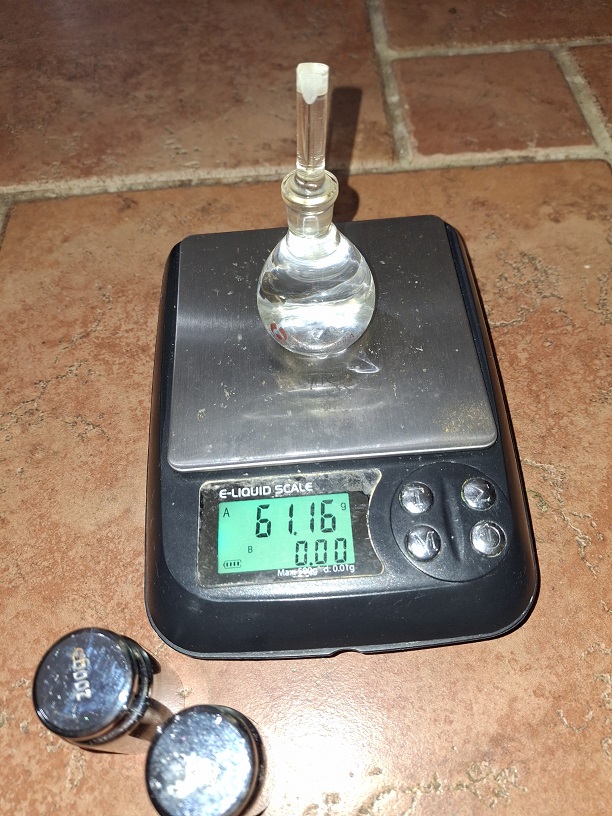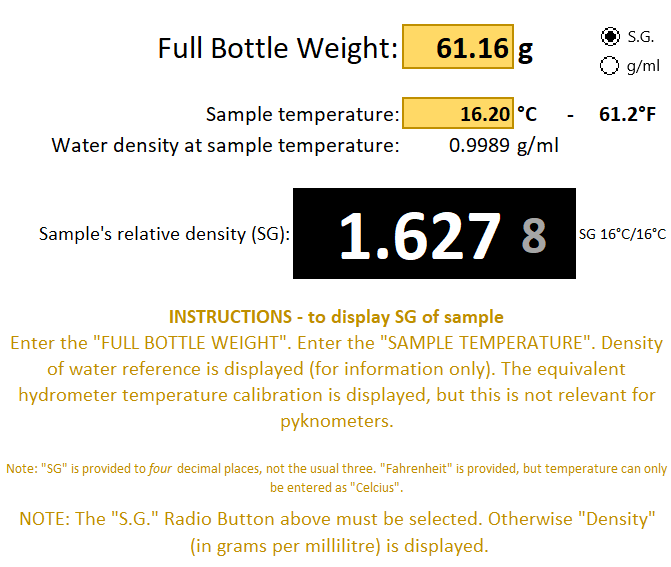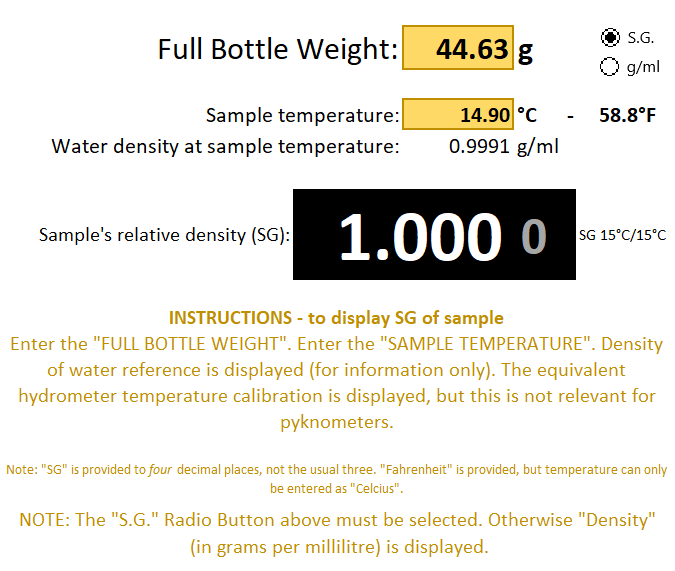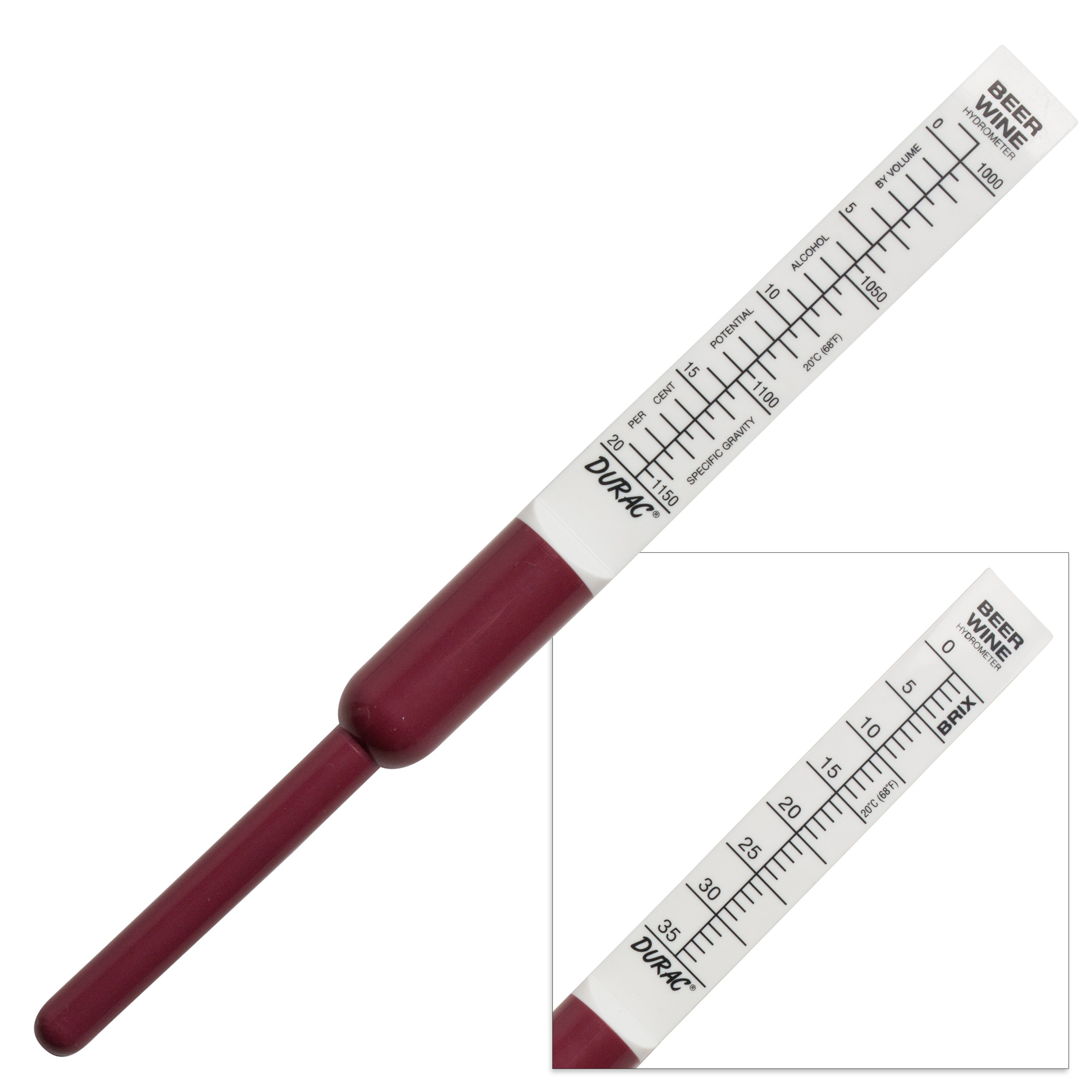I appreciate you sharing all this @Peebee. I'm going to get one, and if nothing else, I have another way to check my calculations throughout the process and diagnose false assumptions before they get out of hand. My biggest brewing mistakes are assuming things are what they aren't.
Here are some of my brewing assumption fails - two of these could have been prevented if I had a p-meter on hand and used it.
Here are some of my brewing assumption fails - two of these could have been prevented if I had a p-meter on hand and used it.
- Phosphoric 10% is really 10%? Nope. Should have measured strike water pH before mashing to stop it. I wrecked three beers.
- Hydrometer reads correct? Nope. Hairline crack in it made it take on a little bit of sanitizer and it didn't read correct. No clue on finishing gravity for one beer.
- Thermometer reads correct? Nope, and I mistakenly mashed about thirty 5 gallon batches 5-6 C higher than I intended and I couldn't figure out why my beers didn't finish.





![Craft A Brew - Safale BE-256 Yeast - Fermentis - Belgian Ale Dry Yeast - For Belgian & Strong Ales - Ingredients for Home Brewing - Beer Making Supplies - [3 Pack]](https://m.media-amazon.com/images/I/51bcKEwQmWL._SL500_.jpg)





























































